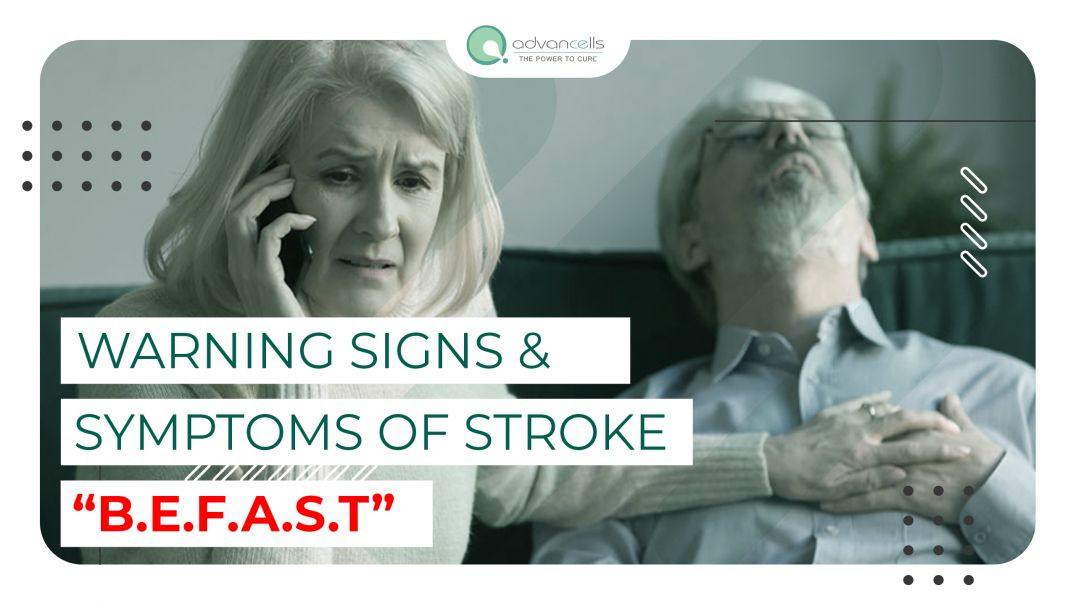Signs and Symptoms of Testicular Cancer | Dana-Farber Cancer Institute
Testicular cancer occurs when abnormal cells in one or both of the testes begins to grow uncontrollably.
Risk factors for developing testicular cancer include having an undescended testicle, having abnormal development of the testicles, a personal history of testicular cancer, and family history of testicular cancer (especially in a father or brother). Fortunately, it is one of the most curable types of cancers when caught early.
Signs and symptoms of testicular cancer include pain or discomfort in a testicle or in the scrotum, a dull ache in the lower abdomen or groin, a painless lump or swelling in either testicle, sudden build-up of swelling in the scrotum, and back pain.
Testicular cancer is usually diagnosed with a testicular exam, a blood test for tumor markers, and an ultrasound (which is quick and painless). Regular self-exams are also an important step in catching testicular cancer early.
Once diagnosed, a urologist will order a CT scan to determine if the cancer has spread beyond the testicle in a process known as staging. Stage I means that the scan does not show any evidence of cancer beyond the testicle; stage II means that the scan has identified cancer that has spread beyond the testicle to the lymph nodes in the abdomen; and stage III means that the cancer has spread beyond the cancer and abdominal lymph nodes to additional areas of the body.
The treatment approach to testicular cancer depends on the type — seminomas or non-seminomas — and whether or not the cancer has spread beyond the testicle. Surgery to remove the testicle, called inguinal orchiectomy, is the most common treatment for testicular cancer. Surgery cures most patients, but some patients may undergo chemotherapy or radiation treatment to kill any remaining cancer cells after the operation.
Learn more about testicular cancer from Dana-Farber Brigham Cancer Center: https://www.dana-farber.org/testicular-cancer/
-
Category






















No comments found